
Could a single precision strike take out the cornerstone of an adversary’s air defense network? Suggesting it can, Ukraine’s recent destruction of the Russian S-400 launcher in occupied Crimea has much to say about the shifting battlefield dynamics. It wasn’t an ordinary tactical feat but rather a well-placed hit against one of Moscow’s most advanced and expensive military assets.
It was kept secret for more than a month, knitting deep reconnaissance together with resistance movement intelligence and precision drone warfare. Part of the broader campaign of strikes on ammo depots and industrial facilities that has come to define Kyiv’s strategy of striking high-value nodes in Russia’s war machine, details are now emerging to form a vivid picture of modern asymmetric warfare against such a technologically formidable opponent.
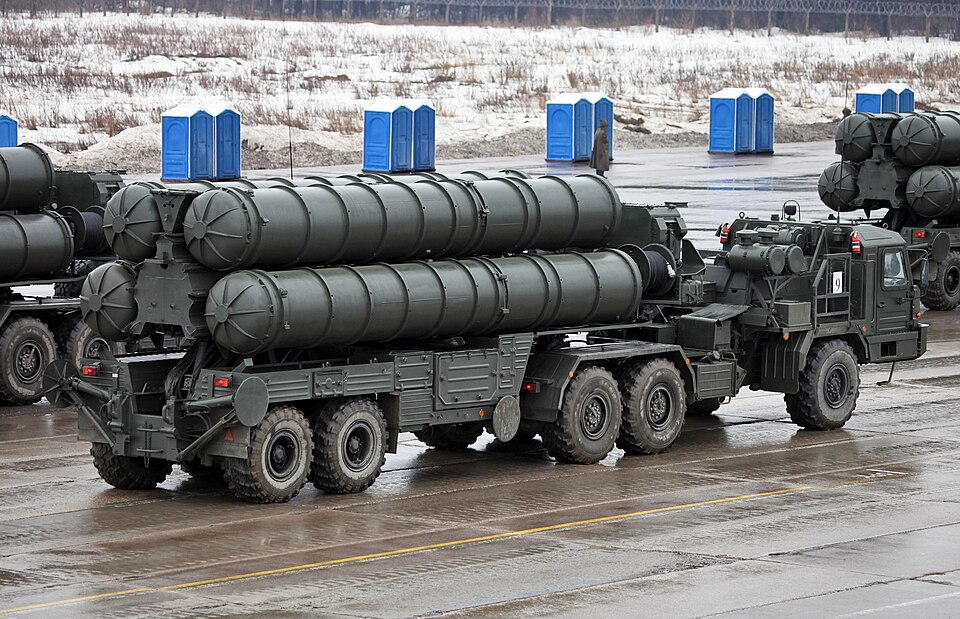
1. S-400 Launcher Strike
On October 6, SOF of Ukraine disabled the S-400 Triumf mobile launcher in Uyutne close to Yevpatoria. The S-400 Triumf is the system for long-range detection and engagement of targets in the air, the same used by the Russian forces for strikes far inland inside the Ukrainian territory. Later-released footage shows an approach by the drone and the launcher engulfed with fire, strongly indicative of its destruction.
Each loss to Russia’s multi-layered air defense system necessitates the repositioning of assets and thus increases their vulnerability. The S-400 is highly valued in the anti-aircraft and anti-missile shield maintained by Moscow, and its removal is a strategic gain for Ukraine.
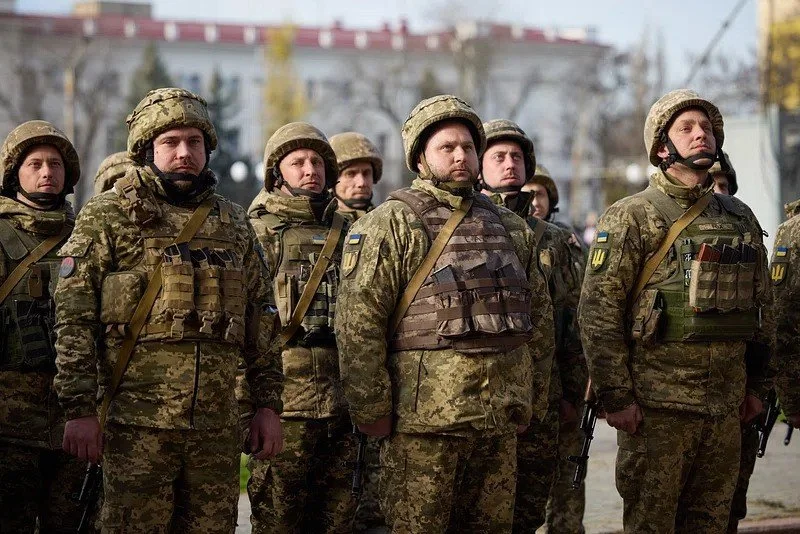
2. Operational Secrecy and Timing
The strike had not been previously disclosed because of operational security, SOF said. The final phase occurred Oct. 6, but details were withheld to protect ongoing missions. That kind of secrecy allows follow-on operations to leverage the confusion among the enemy before they adjust.
Delaying disclosure also allows Ukrainian forces to analyze the enemy’s responses without the pressure of public attention-a tactic being tried with increasing frequency in high-stakes special operations.

3. The role of resistance movement intelligence
Resistance Movement special operation forces members pinpointed the ammunition depot of the 18th Army in Russia at Udachne, near Simferopol. After verification of the intelligence, the site was struck on the very night of the S-400 hit. That’s an intelligence-driven strike that shows the worth of embedded networks in occupied territories. Scouts provided actionable coordinates that allowed for precision strikes, which otherwise would have been impossible without local human intelligence.
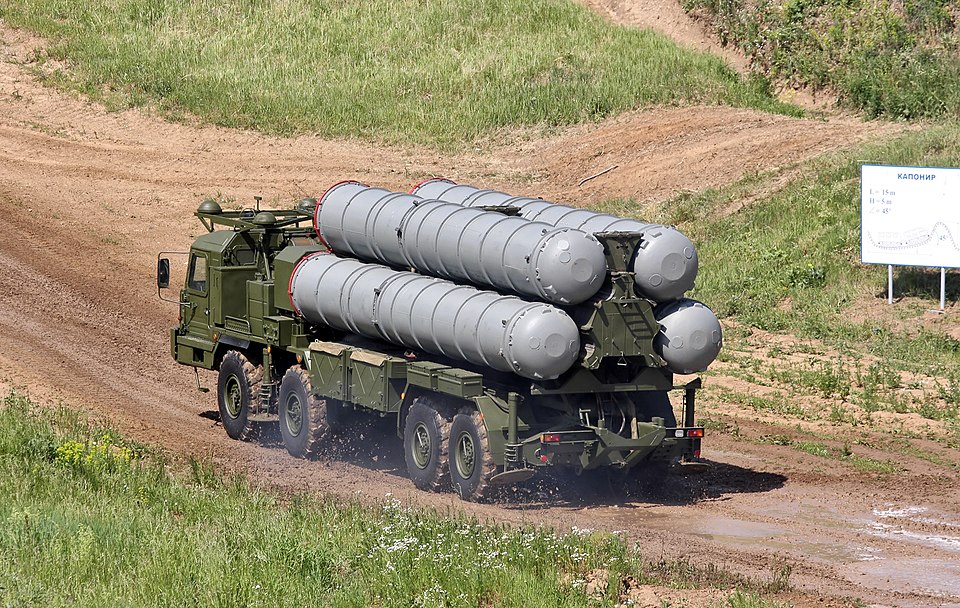
4. Coordinated Multi-Target Strikes
This attack, using S-400s, was part of a broader, coordinative effort just on that very day, Ukrainian forces struck the Udachne ammunition depot and destroyed its radar systems, among them 92N6E and P-18 Terek. Such multi-target operations have affected command and control, degrading the adversary’s capabilities to respond. It maximized the operational effect since it struck at both defensive and offensive assets in a single night.
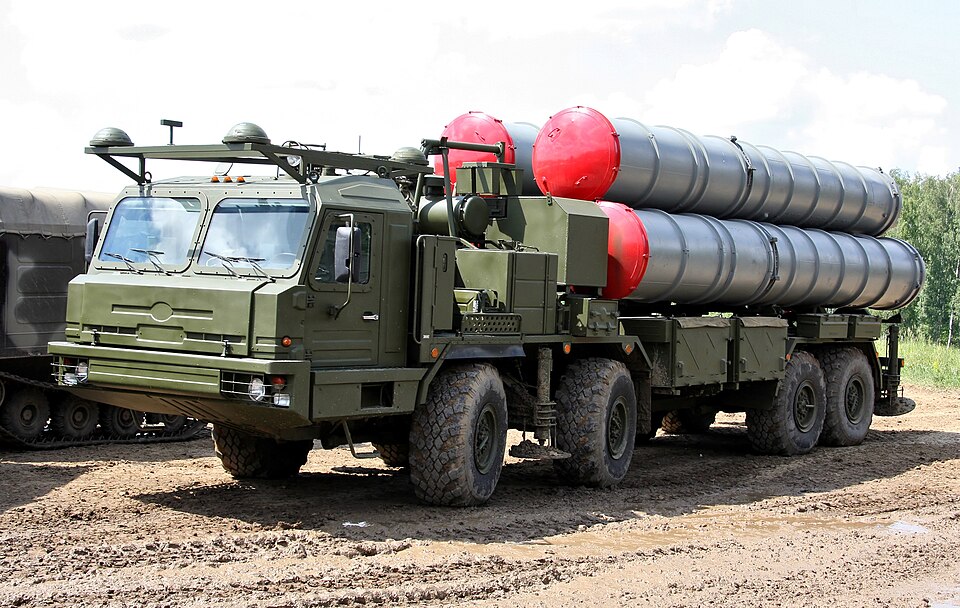
5. Drone Warfare Tactics
It was reported that the S-400 launcher had been attacked by FP-2 attack drones, while other assets were said to have been hit by Starlink-guided kamikaze drones. This kind of platform creates an ability for operators to strike high-value targets over long distances with very minimal risk to personnel. Military operations using satellite communications for drone operations foreshadow a shift toward networked, precision-guided strikes capable of bypassing traditional air-defense measures.

6. S-400 System
Vulnerabilities Analysts comment that one of the natural limitations of the S-400 consists in the fact that even the most advanced complex has its radar field of view restricted by the horizon thus, in the case of a low-altitude cruise missile or drone attack, it is vulnerable without over-the-horizon sensors like AWACS or aerostats integrated. Without such integration, even the most advanced system will be left vulnerable. RAND has noted that effective deployment requires expensive networking, skilled operators, and continuous coverage-all gaps that seem to have been exploited by the Ukrainian strike.
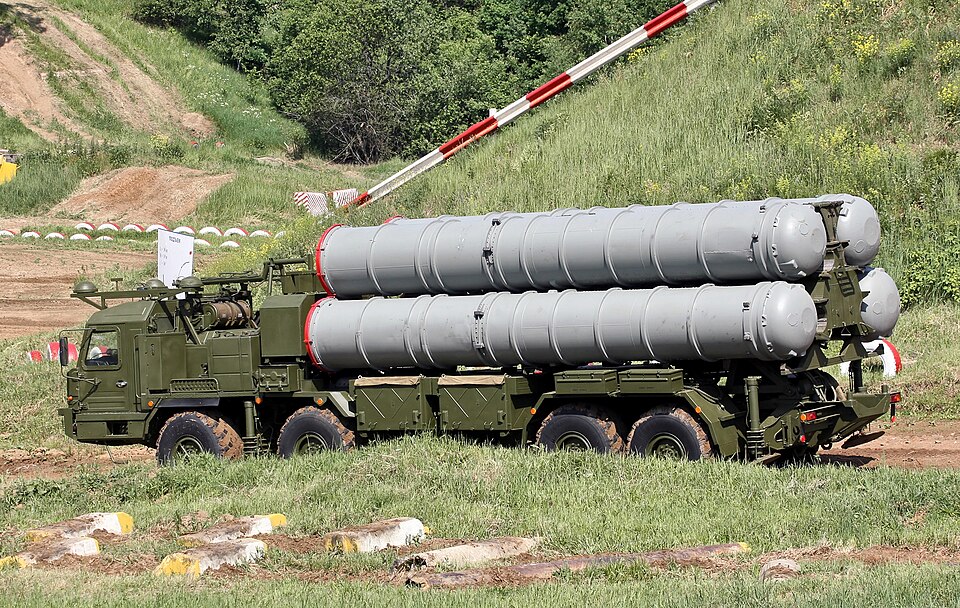
7. Impact on Russian Logistics
The strike at the Udachne depot targeted munitions for Russia’s 18th Combined Arms Army. Reports said a fire broke out from the strike, while confirmation of complete destruction remains not established. Even partial damage will disrupt supply chains, and it would be important for Russia to divert resources for restocking. This sort of logistical pressure doubles the operational stress of an S-400 launcher getting destroyed, thus magnifying the strategic effect.
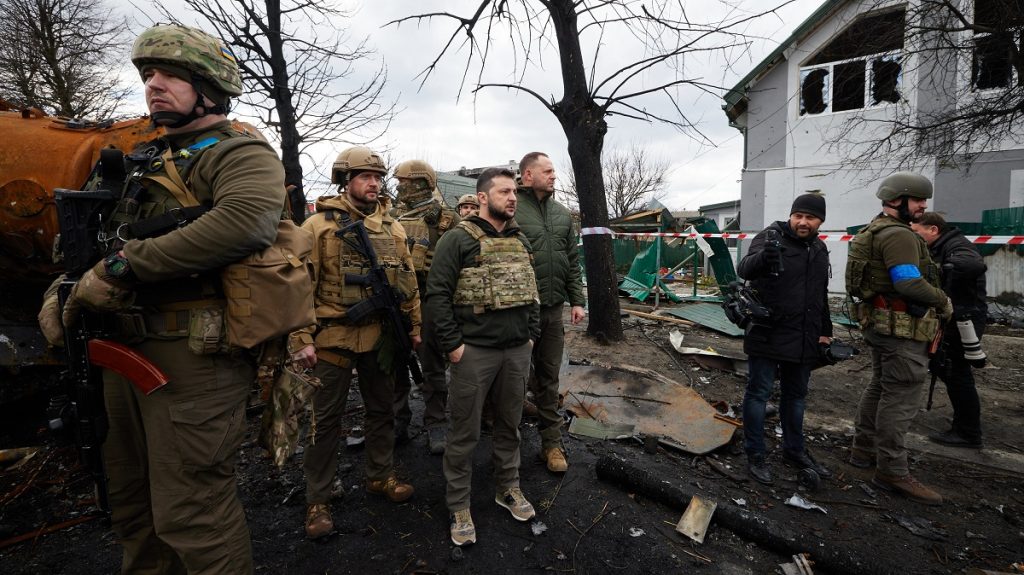
8. Strikes target Industrial and Energy Infrastructure
The October 6 operations came as part of the wider campaign of targeting Russia’s military-industrial base that Ukraine has been waging. Long-range drones bombed the Sverdlov ammunition plant in Nizhny Novgorod and a key oil terminal in Crimea, sending huge fires ablaze. The attacks have aimed at degrading Moscow’s ability to produce and transport war materiel. There are already reports of fuel shortages and reduced refining capacity, adding an economic strain to the military setbacks.

9. Strategic Significance of Asymmetric Actions
These operations, according to SOF commanders, are part of a broad campaign of exhaustion of the Russian offensive capacity. Deep strikes, in concert with sabotage and infrastructure targeting, offset Russian numerical and technological advantages. Every successful strike against high-value targets pushes Russia into expensive defensive measures, resources mobilized on all fronts.
Ukraine’s October 6 operation in Crimea was more than a tactical raid it was a display of how precision intelligence, advanced drone warfare, and coordinated multi-target strikes can dismantle key elements of a superior air-defense network. The destruction of the S-400 launcher, coupled with hits on ammunition and industrial facilities, underlines the fact that the face of modern conflict is increasingly characterized by agility, secrecy, and technological integration toward outsized strategic gains.


